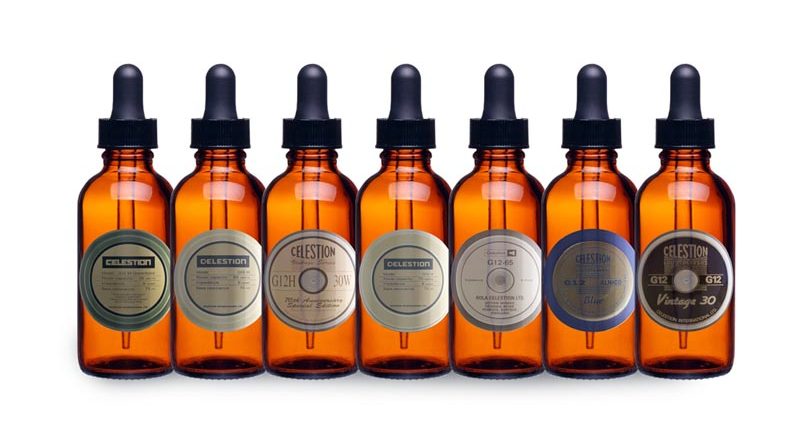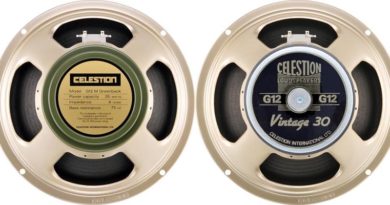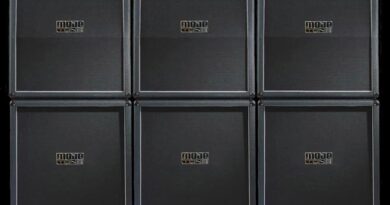Celestion Impulse Responses
New to the IR world? An old hand at IRs? Lemme share my experience with the Celestion Impuse Response catalog. At least, the current catalog. Those guys are not stopping and have plans to get the 12″ linup buttoned up before long and move into the 10″ models in 2018. How cool is that?!
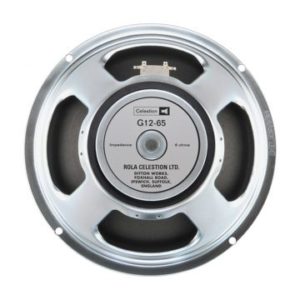
You might use a guitar processor like the Fractal or the Kemper, or you might use your DAW for your final speaker tones. You can put your IR wherever you chose. When I downloaded mine, I see options to download from a list of specific formats or for use in specific products (i.e., Fractal, Kemper, DAW, etc.). Or you can choose from 5 different sample rates in 2 lengths. The Zip file with the IR selection comes in WAV format. If you’re like me, with a Fractal, there are tools out there to convert to the necessary format for your machine.
What do you get for your E Ticket? I’m blown away by the depth of the options. You can choose among 5 different cab types, which are 1×12 open, 1×12 closed, 2×12 open, 2×12 closed, and 4×12 closed. Or you can select the entire selection at a huge savings (currently $29.95), when compared to buying each cab type individually ($11.99 each).
Ready to drill down further? Groovy! Each cab type comes with a selection of microphone settings. What mics? Royer Labs R-121, Sennheiser MD 421, Shure SM57, and the Neumann TLM 107 (for the room). Whew! That’s over $2,800 in mics. Not for nothing, so then Celestion throws in mixes of the mic options. How about the 121 and the 57? Or maybe the 421 and the 57? Or do you prefer the 421 and the 121?
How do they sound? Phenomenal. Compared to some of the physical speakers I already have (the G12H Anniversary or the G12-65, for example), it’s identical. How much so? Check out this waveform comparison of the G12M Creamback:
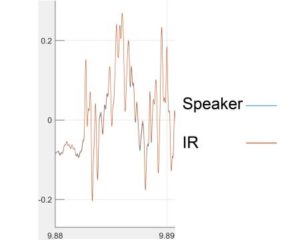
Why is that important? Celestion covered it pretty well in 5 Problems You Leave Behind When You Use IRs. From the practical perspective that I can imagine, I like the assurance of knowing that speaker in my cab will be the most faithfully represented in a direct recording or if going straight to FOH. I’m seeing lots of players going with the real deal Celestion IR option over the 3rd party selections.
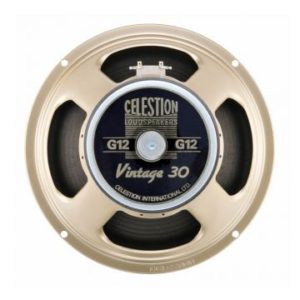
The scope of what can be done is amazing. For example, I still like me some physical speakers – and they aren’t going away any time soon. With that Axe-Fx II XL+, I can run 2 cabs at once. Those following my speaker reviews know that I do like to mix speakers together. Let’s say I don’t already have the physical G12M Greenback or Vintage 30 speakers (Celestion, could you do a bro a solid? LOL!), but my pals tell me how well they mix with this speaker or that speaker. I can pull up the IR selections for those in the Fractal and sample whatever mixes I can imagine.
A variant of that is that I can use an IR to hear how phycial speakers new to the Celestion catalog will sound before buying. Current examples are the muscle of the G12H-150 Redback and the growl of the Neo Creamback, which I’m finding to both be excellent sounding IRs. Or maybe try out an outstanding classic that I might have overlooked, like the Celestion Blue.
Want to hear some? Here’s the G12H-150 Redback – 2×12 closed back:
And the G12M Greenback in a closed 4×12:
Check them out. There’s a lot of versatility which each speaker IR. They also have the potential to be easier on the wallet, which is always music to a guitarist’s ears!
“What about my Amp Modelling Hardware?” you ask. The Celestion IR files work with brands including Atomic, Fractal, Kemper, Line 6, Positive Grid, Two Notes, and more!
Finally, check out this demo video from Pete Thorn:
For reference, this evaluation was conducted with a Fractal Audio Axe-Fx II XL+ for the IRs. A Marshall 1960B cab and a Peavey 6505 cab were used for the physical speaker comparisons.
Celestion Website | Facebook | Twitter | YouTube

